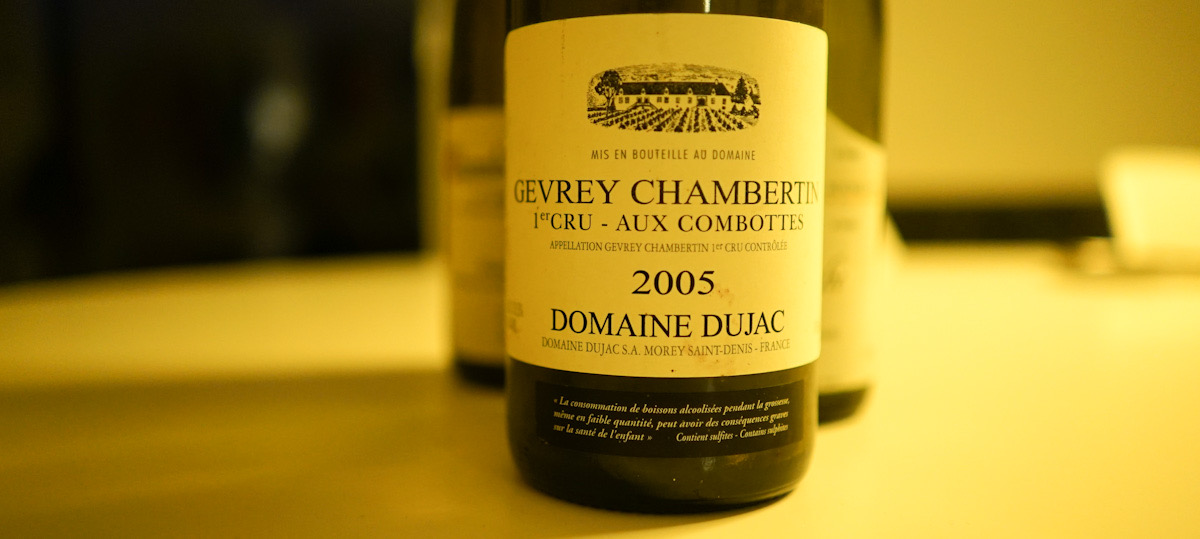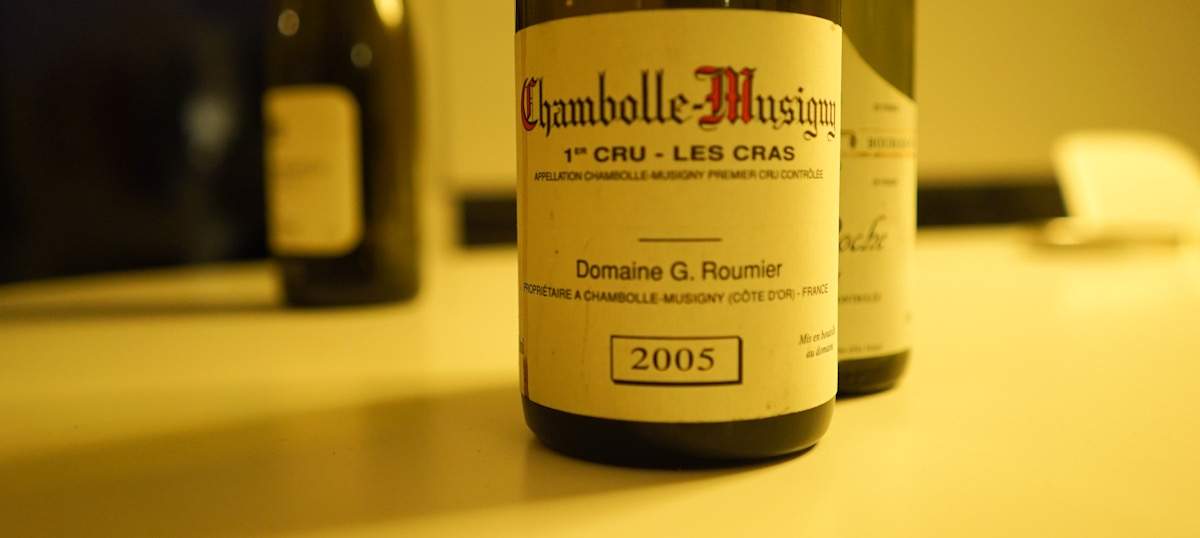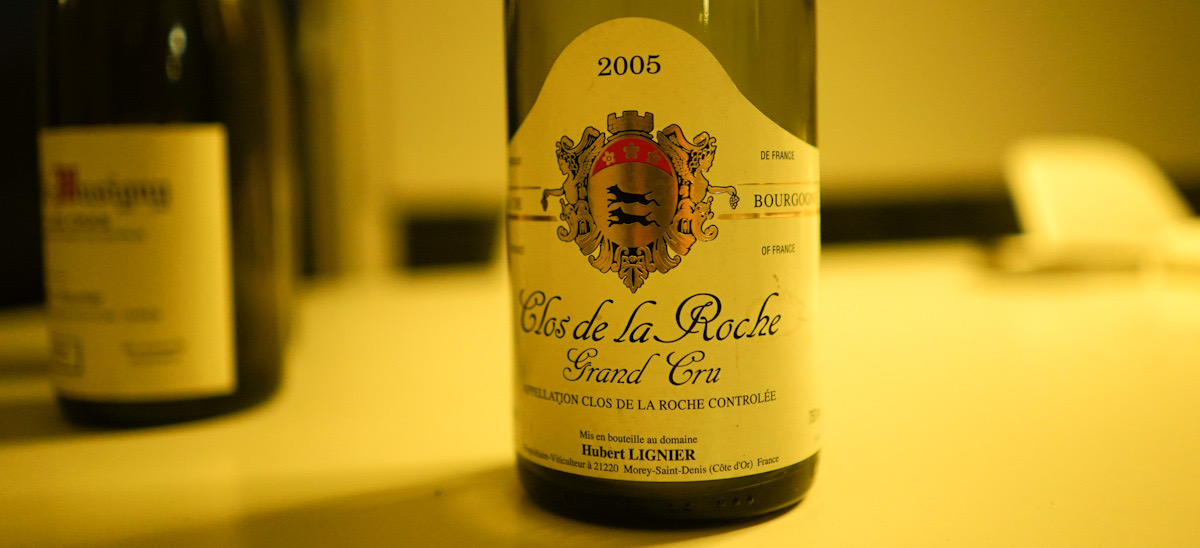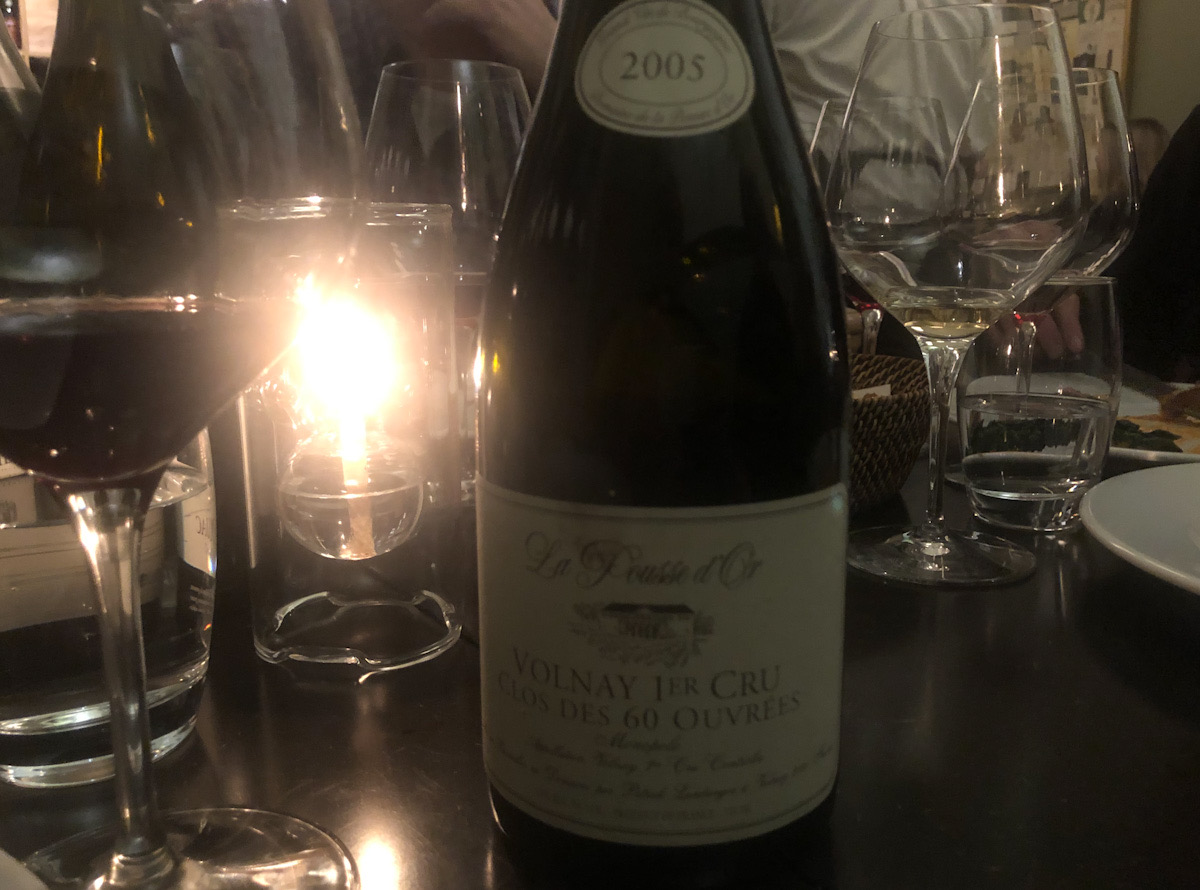The 2005 Burgundy vintage received much acclaim when it was released onto the market. Then a debate followed regarding the character of the vintage, and some criticism arose – not always in the most civilized fashion.
But what is the current state of the 2005s, now almost 15 years down the road?
I have recently tasted a few of them, and while not all came out as I prefer my Burgundies, I was able to draw some important conclusions.
2005: the extracted truth
The 2005 vintage is – sadly – full of big, intense and rather heavily extracted wines. Not all are well balanced, yet many also show some of the qualities I look for in a Burgundy.
I seek elegant, refined Pinot Noir and do not look for a highly extracted wine with lots of oomph and Bordeaux-like texture and flavors.
This is, however, what you got when you extracted too much in 2005. Let’s face it: some did. But one also should point out that clever vignerons learned from the 2005s and adapted in the hot vintages to come.
I have tasted four high-level wines from 2005 recently, just to check the state of the Burgundian union, so to speak.
The wines are:
-
- Domaine Dujac Gevrey-Chambertin Aux Combottes 2005
- Domaine Georges Roumier Chambolle-Musigny Les Cras 2005
- Domaine Hubert Lignier Clos de la Roche 2005
- Domaine Pousse d’Or Volnay Caillerets 60 Ouvrées 2005
These have their 2005 issues and are clearly on the rich and somewhat robust/dense/concentrated side. But let’s see how they are doing now.
2005s on the rich and over-extracted side
One such producer is Domaine Dujac, which has moved on after learning from the 2005s. They are now reflecting and being very cautious regarding extraction in rich, hot vintages.

The 2005 wines came from a unique vintage which saw a change in winemaking goals: the emphasis shifted from getting sufficient ripeness to avoiding overripeness, and from getting enough concentration to ensuring lightness, refinement and balance.
In this situation, many over-extracted: too many punch-downs and pumpovers, although to be fair, this is easier to see in hindsight.
I have had a few moderately extracted – yet today showing as somewhat over-extracted – 2005s, and while a wine like Dujac’s Aux Combottes 2005 is starting to unfold a bit, it is still dark and, flavor-wise, slightly Bordeaux-like.
My educated guess is that this will need ten more years to unfold completely, or at least five to regain its Burgundian composure. Will it ever be an effortless, refined and lightfooted Burgundy? Not fully, but it will definitely have some fine qualities worth pursuing.

The Georges Roumier Chambolle Les Cras is making more or less the same statement, despite extraction here being even more moderate. Still, this demands at least ten years further in the cellar. Surprising? Not really, yet I still have my doubts regarding the wine’s ultimate refinement and beauty, although I do adore a good Roumier wine (likewise Dujac). In the end, Roumier vinified the 2005s better than Dujac in my view.
The concentrated, more moderately extracted 2005s
Moving on to the ’05 Hubert Lignier Clos de la Roche, we see less obvious extraction as the tannins are more rounded and silkier, and the flavors less tannic and Bordeaux-like.

The Clos de la Roche is velvety, dark and intense, with its plethora of stuffing balancing on the edge of being too much, yet it is not overly tannic or extracted.
In my view, Lignier has struck a fine balance here in a big, somewhat rustic wine, yet with fine tannins and plenty – as in plenty of fruit. It’s simply a rich year, one could say, although I expect Lignier will have handled power and fruit more delicately in years like 2015 and 2018. After all, vignerons have learned a lot since 2005.
Again, it will take at least ten more years to mature the Lignier Clos de la Roche, but here I expect the fruit to mature into a balance that makes the wine more Burgundian. At the moment, it’s simply on the dense and rich side.
The ones who nailed the 2005s
I could mention Domaine du Comte Liger-Belair, which made gorgeous 2005s; rich yes, but not over the top at all. There are, however, others: the ’05 Domaine Pousse d’Or Volnay Caillerets 60 Ouvrées is definitely showing developed notes and a balanced freshness that is more typically Burgundian.

This is a wine that has a true Burgundian character. The three previous wines are bigger and bolder; I prefer the Pousse d’Or for its vivid lightness – or should I say vivid lightness compared to the other 2005s.
I can put this a different way: I don’t see most of the 2005 wines as vins d’émotion, as the tannins and the dark, Bordeaux-like style does sort of ruin the party for me.
Give me the delightfully cool 2010s any day; 2005 is not for everyone!

 - A true vin d’émotion – a Burgundy of passion
- A true vin d’émotion – a Burgundy of passion - A truly hedonistic wine – lively and enjoyable
- A truly hedonistic wine – lively and enjoyable - A vivacious wine for pure indulgance
- A vivacious wine for pure indulgance - A potential vin d´émotion - frais et léger
- A potential vin d´émotion - frais et léger